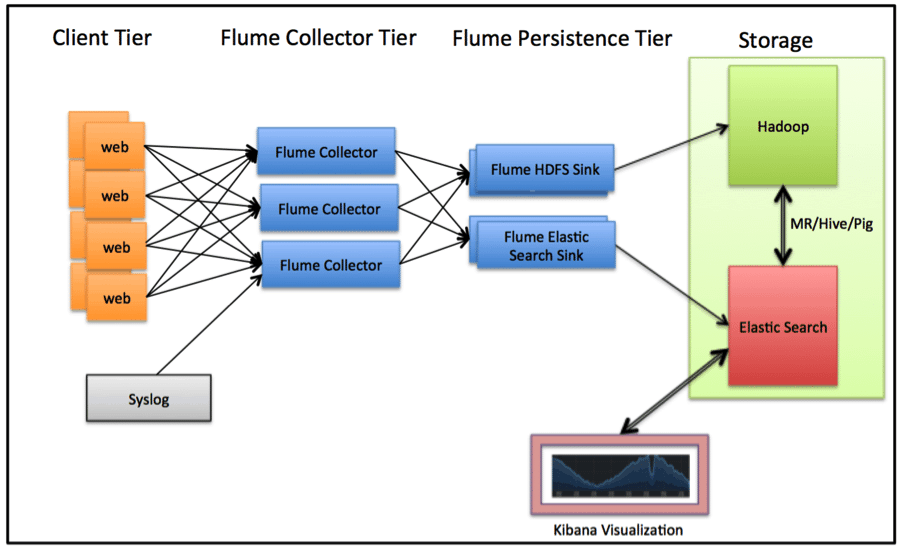
This is the eBook that I wish existed when I was first tasked with moving the Heroku database to AWS as a developer with limited dev ops experience. Just to show you a sneak peak of what we will be building:Ĭurrently, I am using Kibana to analyze traffic logs of this blog and Abot for Slack landing page. Check out the release notes for the current ELK version and potential breaking changes. This step by step tutorial covers the newest at the time of writing version 7.7.0 of the ELK stack components on Ubuntu 18.04. We will also setup GeoIP data and Let’s Encrypt certificate for Kibana dashboard access. NGINX logs will be sent to it via an SSL protected connection using Filebeat. No need to be a dev-ops pro to do it yourself.ĮLK stack will reside on a server separate from your application. By following this tutorial you can setup your own log analysis machine for a cost of a simple VPS server. Hosted solutions are a bit pricey with monthly costs starting around $50 for a reasonable features set.


I don’t dwell on details but instead focus on things you need to get up and running with ELK-powered log analysis quickly.Ĭomparing to other tools available ELK gives you extreme flexibility in terms of ways to analyze and present your logs data.

ELK STACK FILEBEATS BRO FLOW DIAGRAM HOW TO
In this tutorial, I describe how to setup Elasticsearch, Logstash and Kibana on a barebones VPS to analyze NGINX access logs. A leading-edge performance and error monitoring tool for Ruby applications.ĮLK Elastic stack is a popular open-source solution for analyzing weblogs.


 0 kommentar(er)
0 kommentar(er)
